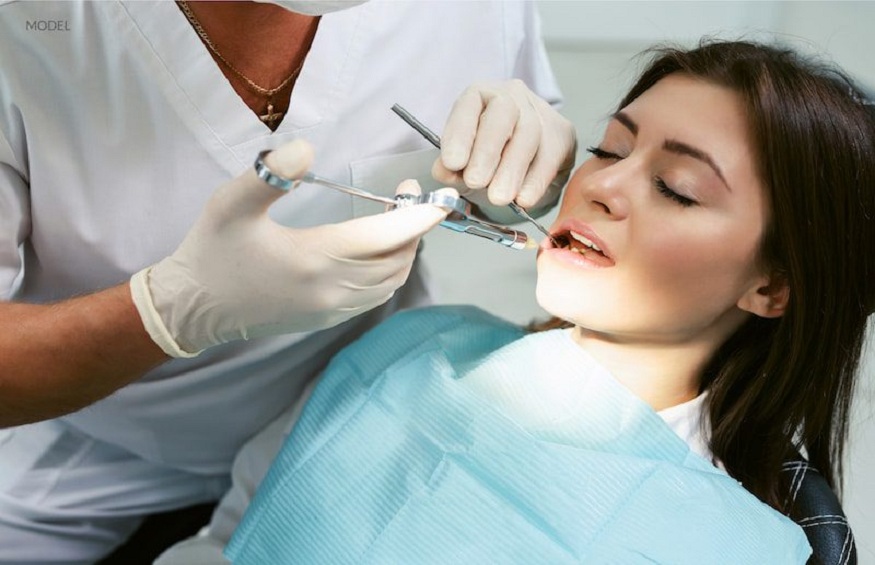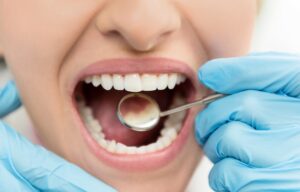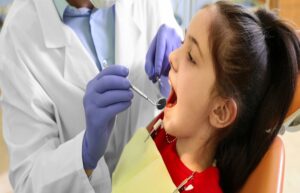Sedation Dentistry

Sedation dentistry is a type of dentistry that involves the use of safe medicine and therapeutic methods that helps patients to relax during their dental appointments. This type of dentistry is suitable for patients who experience high anxiety during dental appointments. The effect of calm sedation allows these patients to be less stressed when getting their dental treatment. The best sedation dentistry is not only limited to patients with anxiety, it is also suitable for patients who need extensive dental treatment as they benefit from the soothing sedation too.
Listed below are the level of sedation used in sedation dentistry:
- Minimum sedation
- Moderate sedation
- Deep sedation
- General anesthesia
Types of Sedation Used in Dentistry:
The following are types of sedations that are used in sedation dentistry.
Minimal inhaled sedation.
This is where a patient breathes in nitrous oxide, also known as ‘laughing gas’. This is combined with oxygen through a mask and is placed over your nose. The purpose of the gas is to help you relax and your dentist controls the amount of sedation you receive since the gas has a tendency to wear off quickly. This type of sedation is the only one that you may be able to drive yourself after such a procedure.
Oral sedation.
Oral sedation can range from minimal to moderate depending on the dose given. If it is minimal, you only take a pill usually an hour prior to the dental procedure. The pill will then make you drowsy even though you will still be wide awake. You may be given a larger dose if the dentist requires moderate sedation for your procedure. Oral sedation is mostly the type of sedation associated with sedation dentistry because people become drowsy, especially from moderate sedation, and actually fall asleep during the procedure. They can, however, be awoken by just a gentle shake.
IV moderate sedation.
In IV moderate sedation, you receive the sedative drug through a vein in your body. This means that it goes to work much faster. The dentist usually has to continually adjust the amount of sedation you receive in this procedure.
Deep sedation and general anesthesia.
In this type of sedation, the medications you get will either make you semi-conscious or unconscious and makes you fall into a deep sleep during the dental procedure. If your dentist decides to use general anesthesia, you will not be able to awaken easily until all the effects of the sedation wear off or get reversed with other medication. It does not matter which type of sedation you receive. Chances are that you will need local anesthetic medication to relieve the pain or discomfort that comes with the dental procedure.
It is important to ask your dentist and find out if he has received any training on sedation and the experience he has had performing sedation on other patients. You should also fill out a form that details the risks involved in undertaking the procedure. Go over the form carefully and ask questions if you are unsure about any statement.







